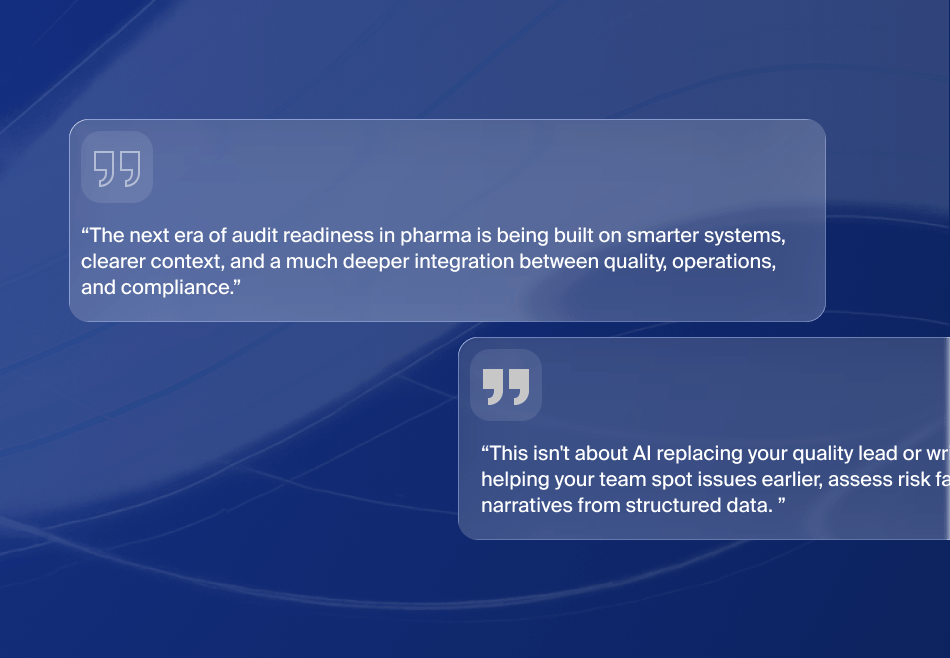At a Glance
- Challenges of an inventory can be both daunting and persistently confusing for shippers/ suppliers; however, a strategic re-evaluation can do wonders to your inventory management.
- Accuracy, agility, and quality seem to be the main driving factors in today’s inventory management scenario.
- Companies need to make the necessary changes to their approach to inventory management strategies today to have a seamless supply chain and, eventually, a satisfied customer base.
As technologies and the latest strategic trends bring on a blanket change across various industries and their related subsets of functions, organizations need to adapt to these trends. Such adaptations can at first sound overwhelming, but proper planning and execution can help you in the long run. Inventory management has come a long way from being just a function related to buying, stocking, and selling. In today’s digital era, managing an inventory entails predicting stock-outs and preventing them, enhancing workflow efficiency, providing real-time information to various stakeholders, and supporting large scale productions. The unprecedented growth of the e-commerce sector has given rise to customer expectations that can be daunting to the sellers and suppliers. Today’s supply chain culture is all about being the fastest and the most accurate. Thus, both B2B and B2C markets continually look for ways to efficiently manage their inventories’ challenges.
48%
of supply chain and transportation executives say they are experiencing the need to reevaluate warehouse locations due to shifting trade patterns resulting from changes in the U.S. economy.
Source: A Report by Forbes Insight
Whether you are a manufacturer, supplier, or retailer, the road ahead to managing your inventory effectively is full of complexities as well as opportunities. Let us look at various good inventory management practices that will help you unravel these problems while tapping many efficient inventory management options.
01.Be Efficient When You Go Omnichannel
These days, the customers/consumers are empowered by various online applications, e-stores, and even physical shopping options to complete their order. As a retailer who wants to tap into these different distribution options, one needs to dive into omnichannel retailing. But this requires accurate and highly efficient management of stocks and their distribution across various channels. A complex omnichannel inventory requires a central data management system, effective track and trace mechanism, and sustainable storage options to operate seamlessly. An omnichannel store that operates both physically and online needs to purchase data and patterns for predictive analysis to preempt customer demands and stock their inventories accordingly.
Figure 1:An Omnichannel Retailer’s Inventory

02.Create an Efficient Connected Ecosystem
Long gone are the days when inventories were simply warehouses located close to the supplier base and managed as a separate function. With advanced, cutting-edge technologies, everything is connected today. Thus, to overcome the inventory management problems, you need to create an efficiently connected ecosystem where different functions work in tandem while sharing data, exchanging real-time developments, and being governed in an optimized way.
To help you manage your inventory’s problems with ease, speed, and accuracy:
- Moving your data from legacy platforms to Cloud.
- Implement process automation to simplify laborious manual tasks.
- Use Artificial Intelligence and Machine Learning to preempt stock-outs.
- Apply Advanced Analytics for accurate inventory reporting.
Figure 2:Benefits of a Connected Ecosystem for Inventory Management

03.Revisit Your Warehouse Location design
In the past, inventory locations were not always well-managed and streamlined based on supply, consumption, and demand. With cumbersome planning and different modes of transportation, warehouses would ship goods to the desired locations. However, in today’s times, inventories cater to multiple channels and changing consumers’ demand patterns. This has made companies rethink their logistics strategy. Companies are setting up distribution centers closer to the customer-base to help streamline order fulfillment. Also, these distribution centers, when integrated through a common and efficient warehouse management software, can share data and prevent stock-outs.
04.Balancing the Influx of Inventory
There has always been discord between stocking up on inventory and the actual space available in shippers/suppliers’ warehouses to store the inventory. Sometimes, shippers miscalculate the future demand, while other times, they fear the increase in the price of goods. Whatever may be the scenario, this influx of inventory and the lack of actual physical space can lead to a menace for distribution centers. This can also lead to damage of goods, loss of perishable items, and a mismanaged inventory. To avoid this kind of influx, suppliers can get supply chain experts on board to use technology to their advantage. Tools and applications like MRP with AI and Advanced Analytics can accurately forecast customer demands. A good and robust software system to track the inventory items will prevent excessive purchases and stock-ups.
Inventory problems have always been the peril of supply chain management. You can be better prepared using the latest technologies with features like track and trace through LPN, a mobile supply chain, use of barcode, labeling, etc. By rethinking and replanning your supply chain process, you can proactively streamline inventory. A smooth supply chain needs to have a well-managed inventory, and taking the right steps in this direction will help you build a higher business value.
Key Takeaways
- No two companies can have similar inventory requirements and structures; so, you need to assess your needs to optimize and manage inventory challenges.
- A complex inventory requires stringent workforce management, change management, skill force updating, latest technologies, and application of intelligent tools to be managed seamlessly.
- Contingency plans need to be in place for disruptions in inventory management, giving your company the ability to plan for unexpected situations.
Get Consultation For all Your Business Needs








